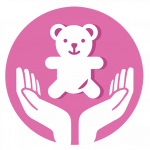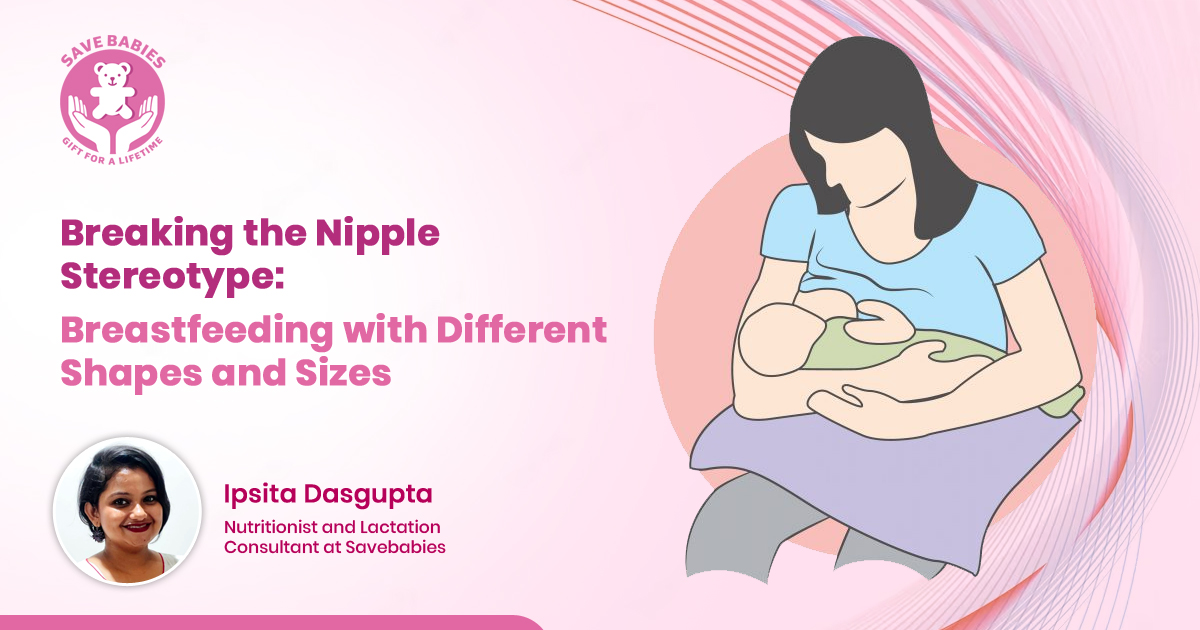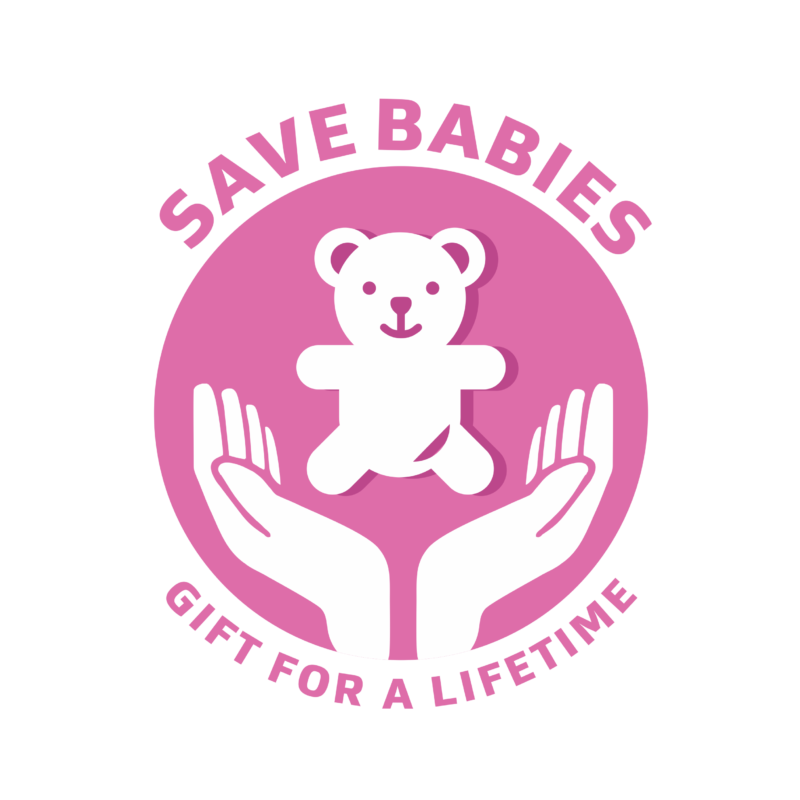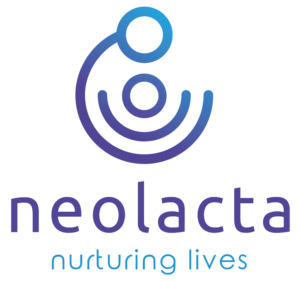Breaking the Nipple Stereotype : Breastfeeding with Different Shapes and Sizes Breastfeeding is a remarkable journey for every mother, filled with a mix of emotions and experiences. It’s a unique path that each mother carves and one that can be influenced by the size and shape of her breasts. However, it’s important to understand that a mother’s body is designed to produce milk and nourish her newborn, regardless of nipple shape or breast size. Babies can successfully feed from various nipple shapes and sizes, including large, inverted, round, oval, narrow, uneven, droopy, or wide.
In this article, we will delve into the different shapes and sizes of nipples, the challenges they may present, and practical ways to overcome them for a blissful breastfeeding journey.
1) Large and round breasts : Mothers with large or round breasts may face initial difficulties as their newborn’s tiny mouth struggles to latch on properly. However, finding a comfortable position and attachment can significantly reduce the struggle. Wearing a well-fitted maternity bra that provides support without hindering breastfeeding and using a pillow to achieve the right height for the baby can make a difference. It’s normal for
new moms with large breasts to worry about their baby’s breathing being affected, but rest assured, babies are smarter than we think. They will adjust their latch if they experience any breathing difficulty, and you can simply reattach them if needed.
2) Inverted and narrow breasts : Inverted or narrow breasts should not be a cause for concern during breastfeeding. The milk production mechanism takes place inside the body, specifically in the alveoli (tiny branches of tubes) within the breasts. During lactation, milk travels through the ducts near the areola. Thus, breast size does not hinder lactogenesis, the process of milk production.
3) Inverted or narrow nipples : Flat or inverted nipples can present initial challenges in starting the breastfeeding journey. These nipples may not reach the roof of the baby’s mouth or trigger the suckling reflex. However, there are proactive steps you can take during pregnancy to prepare. Using nipple formers inside your bra and gently compressing the nipples can draw them out. Applying gentle pressure around the areola with your thumb and index finger or using ice or an ice pack before feeding can also help erect the nipple, making it easier for the baby to latch on. Additionally, a breast pump can be used to protrude the nipples outward. Once you find the right approach and your baby latches on successfully, the breastfeeding journey will become smoother.
4) Wide Nipples : Mothers with wide nipples may experience discomfort during lactation due to excess milk supply. This can result in hard, swollen, or painful nipples. To address this, it’s recommended to express milk once or twice a day, depending on your flow. This helps maintain the milk supply and ensures your baby can drink comfortably without gagging, choking, or coughing.
5) Pierced nipples : It’s a common myth that pierced nipples prevent breastfeeding. However, mothers with pierced nipples simply need to remove their jewelry before feeding their babies. Pieces of jewelry can pose a choking hazard or cause injury to the baby’s soft lips, tongue, or palate.
6) Hypoplastic breasts : While extremely rare, some mothers have hypoplastic breasts, meaning their milk-making tissues are underdeveloped. This condition results in insufficient milk production. If you face this challenge, try feeding your baby on demand and at shorter intervals. Additionally, offering donor human milk can be a valuable alternative to ensure your little one receives optimal nourishment. Always remember, a woman’s body is a marvel of human physiology. As a mother, you possess the incredible ability to bring your baby into this beautiful world and provide them with the liquid gold of breast milk. The duration of exclusive breastfeeding, ideally for 180 days, is a precious gift for both mother and baby, fostering a deep bond. Don’t let stereotypical notions about nipple shapes and sizes discourage you. You are the perfect mother for your baby, just as you are. Nourish your little one with your breast milk without worrying about your breast or nipple size or shape. Remember, both a mother’s nipples and a baby’s mouth are naturally round, enabling babies to latch onto any nipple. While the initial weeks may pose some challenges, every new routine takes time to settle. Once you and your baby find comfort in breastfeeding, it will become a convenient and fulfilling journey. Seek support, help, and advice when needed, and embrace and cherish every moment of this special experience.




